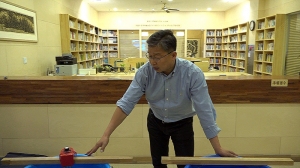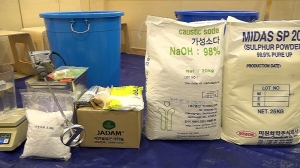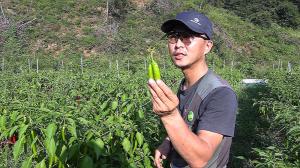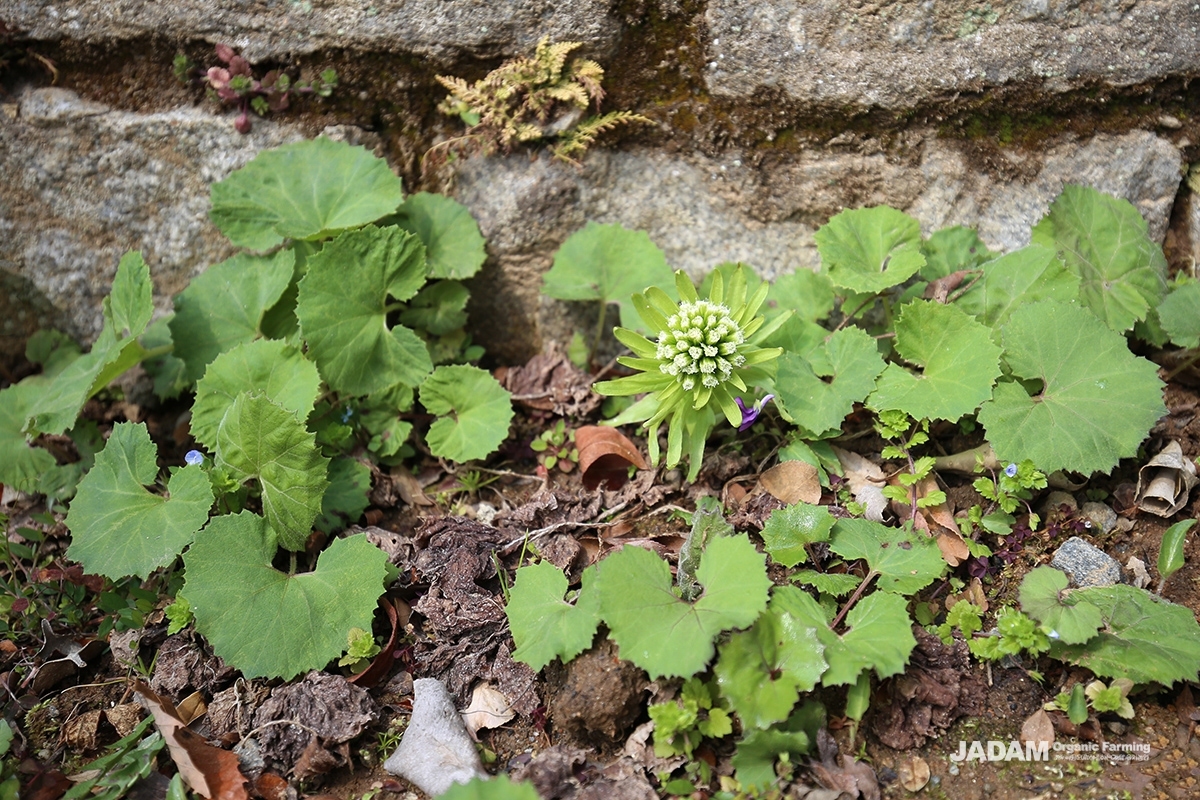 |
| . In summer, the leaves grow to 15 ~ 30cm. |
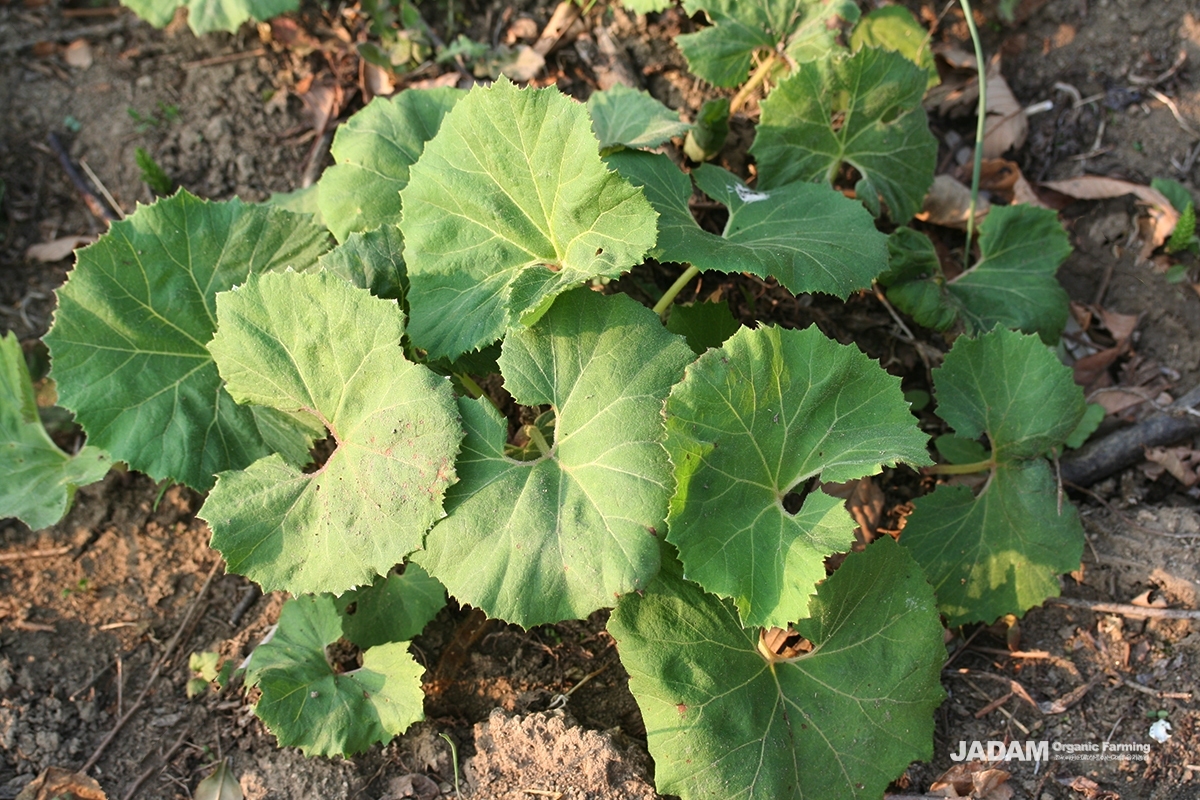 |
| The leaf is a kidney-shaped circle with irregular sawtooth on the edge. |
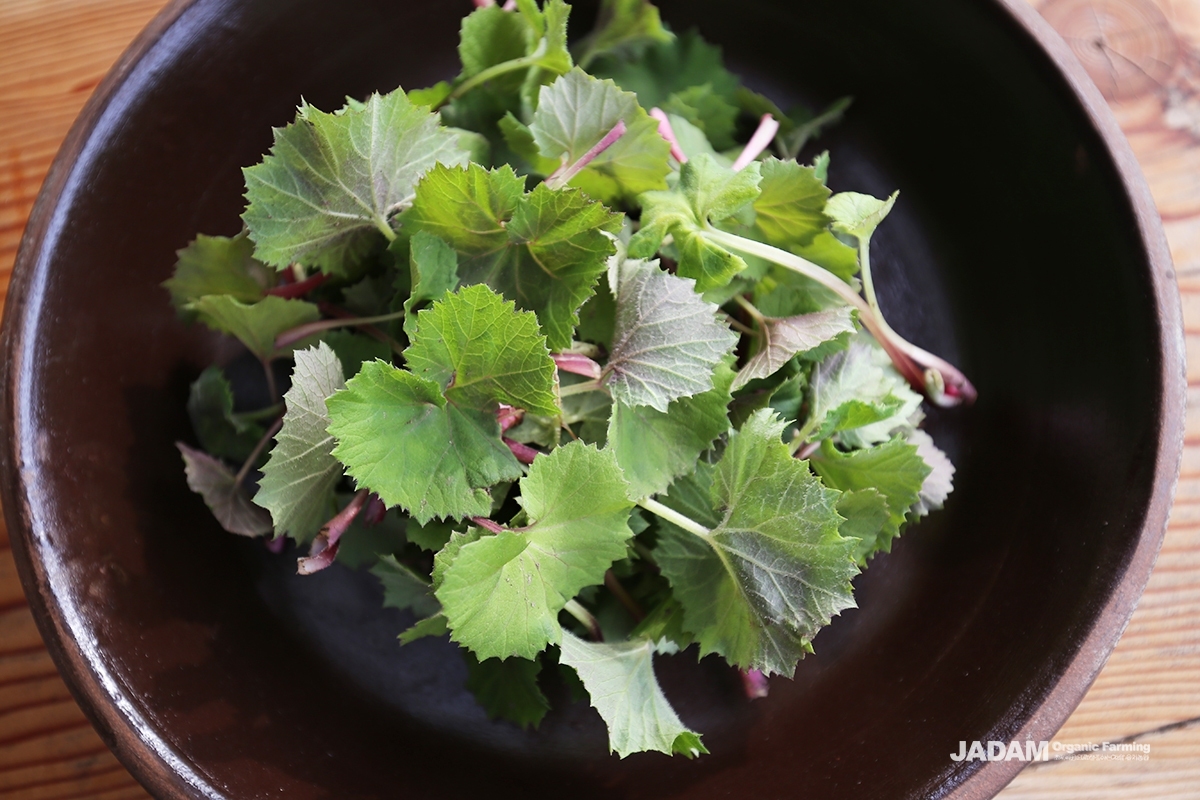 |
| . the plant is alkaline and It is rich in vitamin A, vitamins B1 and B2, calcium and rich in fiber |
The color becomes clear when you put salt while blanching. put it in the refrigerator before eating, the texture and taste of blanched leaves improves . the plant is alkaline and It is rich in vitamin A, vitamins B1 and B2, calcium and rich in fiber so it is also effective to prevent osteoporosis and constipation, and its brisk taste helps to restore a relaxing body and taste during spring.
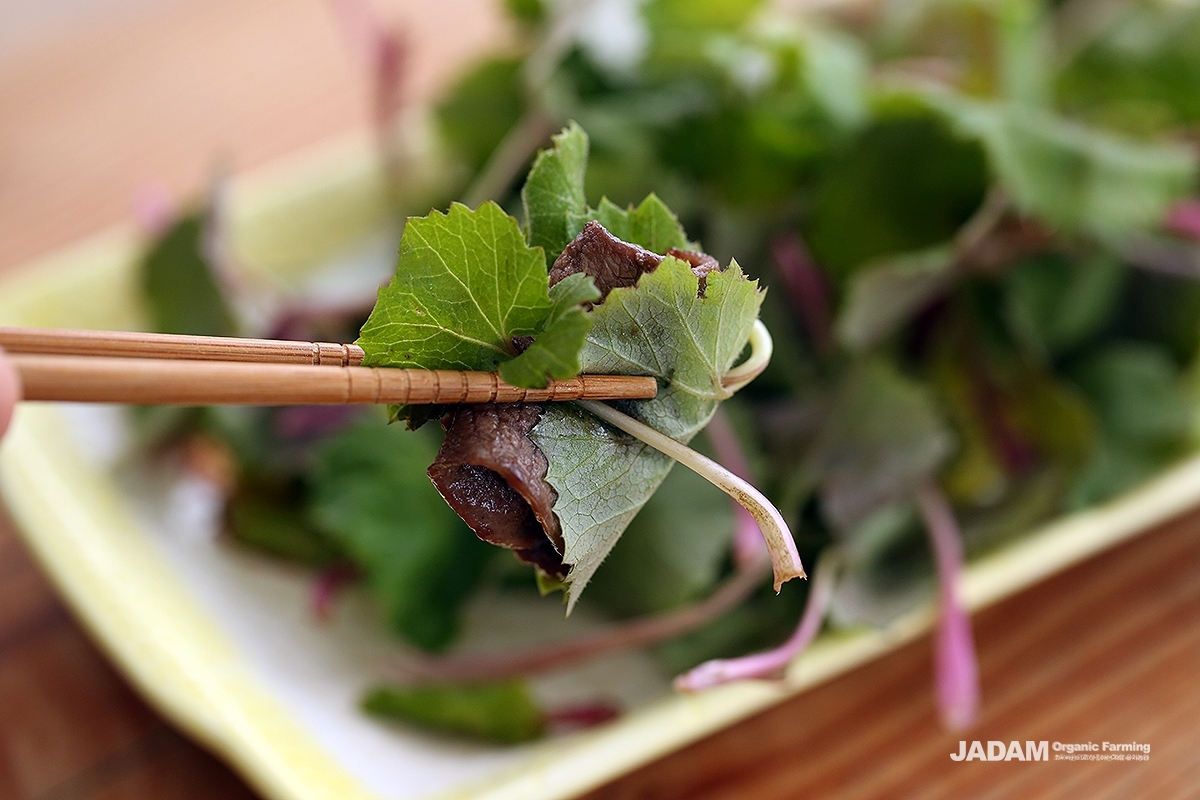 |
| The color becomes clear when you put salt while blanching. put it in the refrigerator before eating, the texture and taste of blanched leaves improves. |
To use as a medicine, it is collected in the summer and autumn, dried in the sun or used as raw. The taste is very bitter and spicy. the property of the plant is cool. It relieves swelling, alleviates pain, decodes, and removes pain. It is used for tonsillitis, bruises, and snake bites. In the local, it is used as a cough phlegm. Take 12 to 20g a day, with water or chew it. In Europe, this plant is also used for chemotherapy.
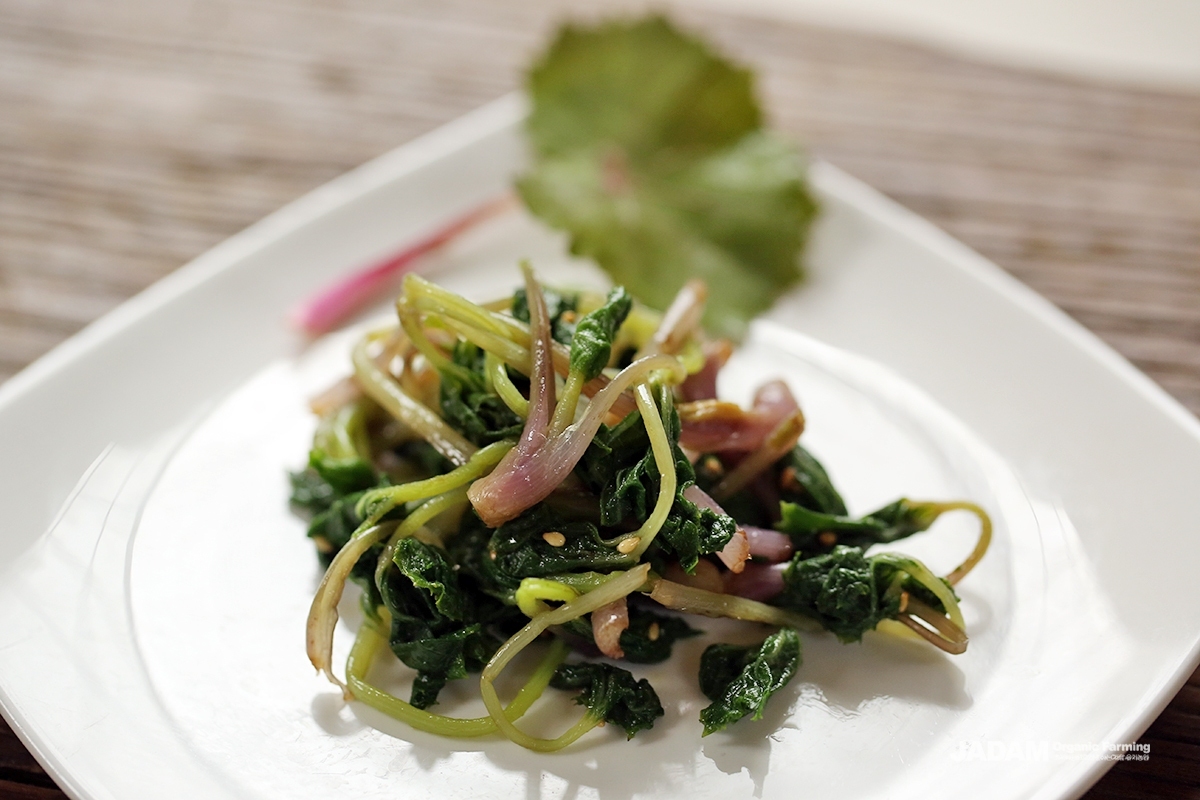 |
| © 2019 JADAM All Rights Reserved |
Petasin and isopetasin, which are the major components of the plant, that are bitter tastes. the main substances are the most abundant in the roots and also in the leaves and flower stems. It is known to be effective for migraine and allergic rhinitis. In addition, the flower stem contains quercetin, kaempferol, angelic acid, caproic acid and dried leaves include saponin, choline, tannin (tannin), tartaric acid (tartaric acid).
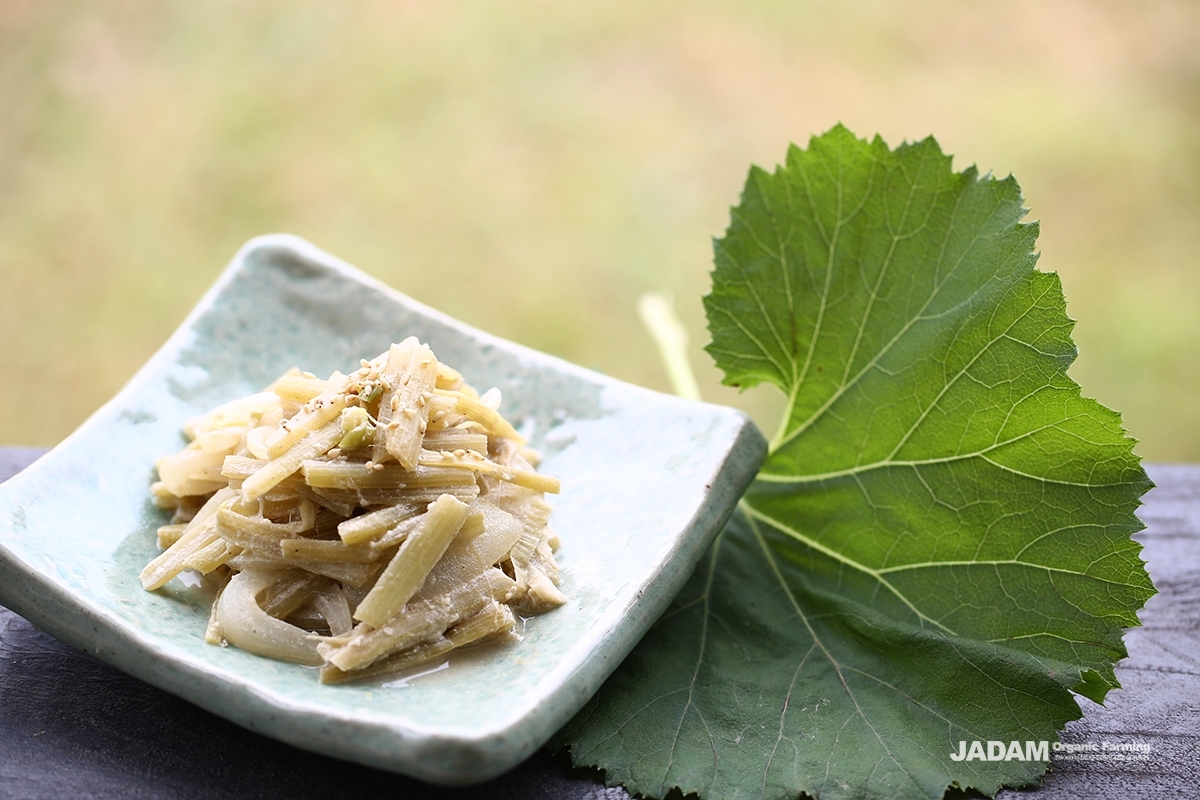 |
| © 2019 JADAM All Rights Reserved |
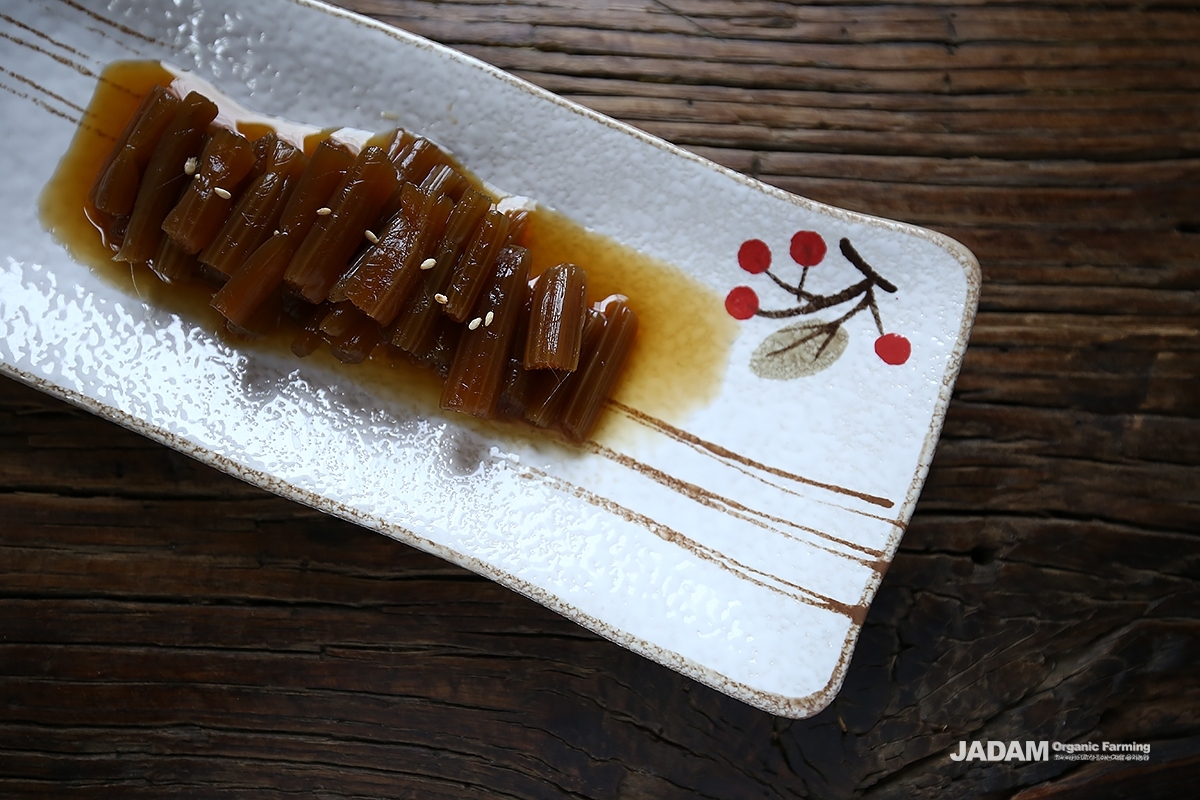 |
| it is possible to added in soup and side dish as an ingredient after peeling off the petiole |
How to enjoy Petasites japonicas
- When it's young, it can be eaten wrapped with rice and can be made as side dish or to make pickles.
- When leaves are already grown, it is possible to added in soup and side dish as an ingredient after peeling off the petiole. or roasted with herbs or stir-fried.
- Blossoms can be blanched or fried.
Translated by Sungwoo Cho
Other articles by Geol YuInterviewed on : 2019.03.25 09:22
<© 2019 Jadam All Rights Reserved>


